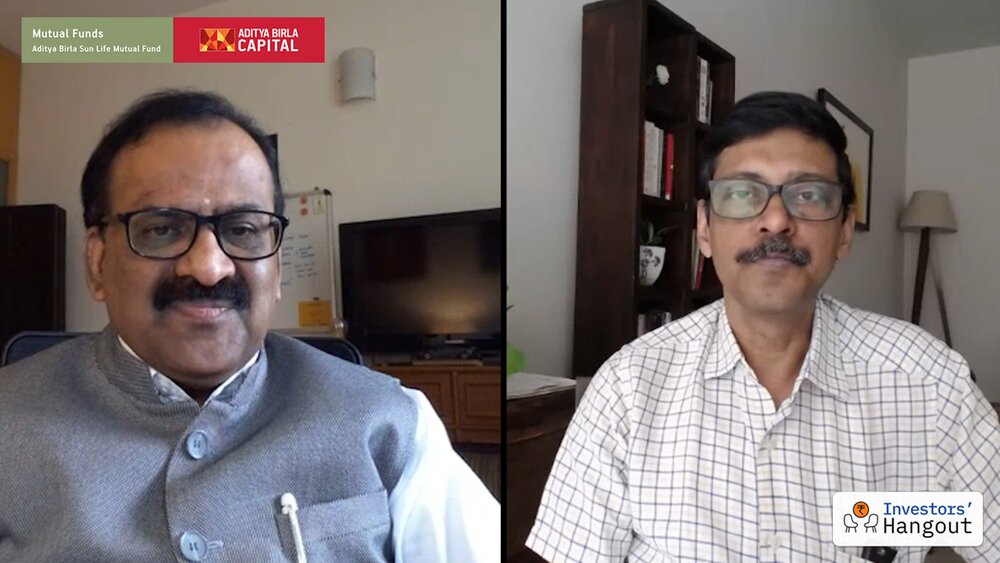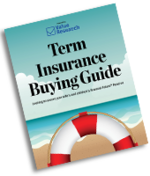
As a beginner or even a regular investor, you may have found yourself guilty of saving and investing in a haphazard way. While this may seem to be working out alright, if you are serious about achieving your financial goals, you will have to follow certain rules as you allocate your money to spending, repaying debt, saving and investing. Of course, your particular financial goals must direct this entire operation, as there really isn’t any one-size-fits-all solution to managing finances.

Pay off debt
Debt versus investments:
Sometimes a singular focus on debt to the exclusion of all other financial needs may do you more harm than good. A better route would be to assess your specific financial situation and prioritize. For example, for a single-income family, an emergency fund is a primary protection need. If you are self-employed, then saving for retirement is very important. Build a plan that allows you to allocate savings to your investment priorities along with paying off debt. If possible, increase your savings and consider a second income.
High-cost debt: When a large portion of your debt is in high-cost debt, say a credit card balance, it may take a long time to wipe it off the books, and the amount may seem daunting. This can be a downer for people who are motivated by visible results. For them, a more sustainable debt-reduction plan would be one where the smaller debt, in terms of value, is tackled first. As each item of debt is crossed off the outstanding list, the momentum to stay the course and pay off the rest builds up leading to a greater chance of success.
Debt-free retirement:
If you draw on your retirement corpus to pay off debt, you may compromise on the income you will have in retirement. Instead, have a plan that includes living on a strict budget till you pay it off. Once you retire, you could also find a job that will help service the debt. If the debt has a fixed low rate of interest, then it becomes easier to service. Similarly, debt that has tax benefits such as home loans and student loans have lower effective costs.
Invest in instalments
In a rising market, investing in tranches leads to higher cost of acquisition. If you are investing through a route like a systematic investment plan (SIP), this high cost may get offset when markets are down. But what if you invest a lump sum? If you have a lump sum to invest and believe that the markets are close to the bottom, then it may make sense to invest at current levels. But make that decision only if you are willing to take the risk of a possible fall in prices after you have invested before they start rising again.
Income, expense details
If the time and effort involved in listing and tracking every item of expense is what is keeping you away from a budget and a more disciplined approach to income and expenses, try finding another way. One approach would be to use percentages instead of absolute numbers to determine what proportion of your income to allocate to each expense category. Decide on percentage allocations based on your own financial goals, but remember to make the first allocation to savings and then work the other expenses around it.
6-month emergency fund
The trade-off for the security a 6-month emergency fund gives you is that a large sum of money will be invested in such a way that it earns a much lower return than what it otherwise could since the emergency fund is typically held in low-risk liquid investments. Plus, if building this corpus is your immediate priority, in the time that it takes you to build this 6-month corpus, your other goals are ignored. If the total amount or the time frame seems daunting, aim for a smaller number. After some time has elapsed, or after having tackled a more urgent goal, you can come back to the emergency corpus and make it bigger. Also, in some circumstances, a smaller emergency fund may suffice, for instance, in the case of a household with two comparable regular incomes, high job security and a low level of debt. If you qualify, then it frees up your savings to catch up on other goals.
Asset allocation rules
There are certain broad asset allocation rules that do not always work in specific situations. For example, one rule is that the percentage of equity exposure that your portfolio should have can be arrived at by subtracting your age from 100 or 120. So if you are 25 years old, your portfolio’s equity exposure should be 75% (100-25). This method gives a younger investor greater exposure to equity, which produces the best returns in the long term. However, if your income has not stabilized then growth investments like equity may not be suitable given that you cannot afford to compromise on liquidity. Or, if you follow a 50% in equity and 50% in fixed income allocation, it is possible that you are underworking your corpus when you are in a position to take on higher risks for better returns.
But for the most part, financial rules are tried and tested approaches. Recast them to your particular situation and make the best possible financial decisions.









